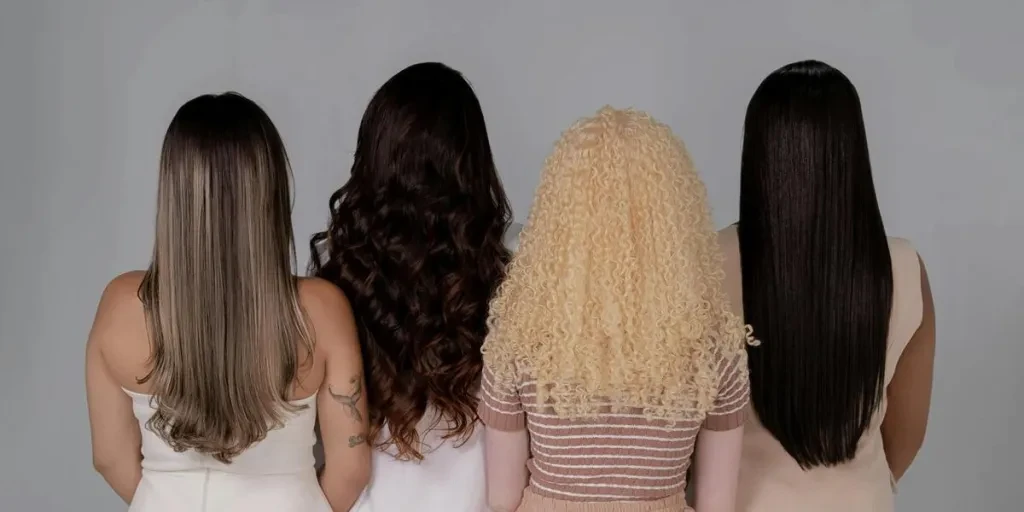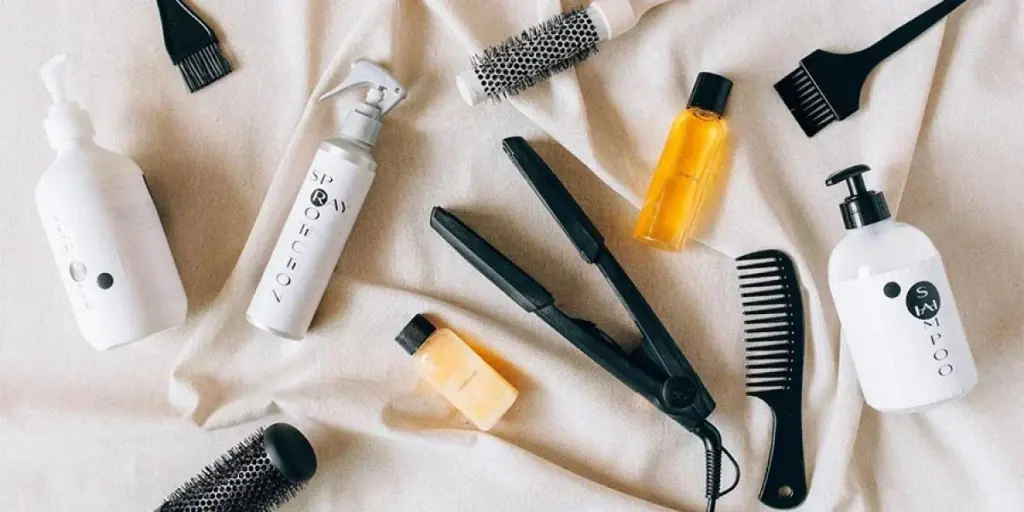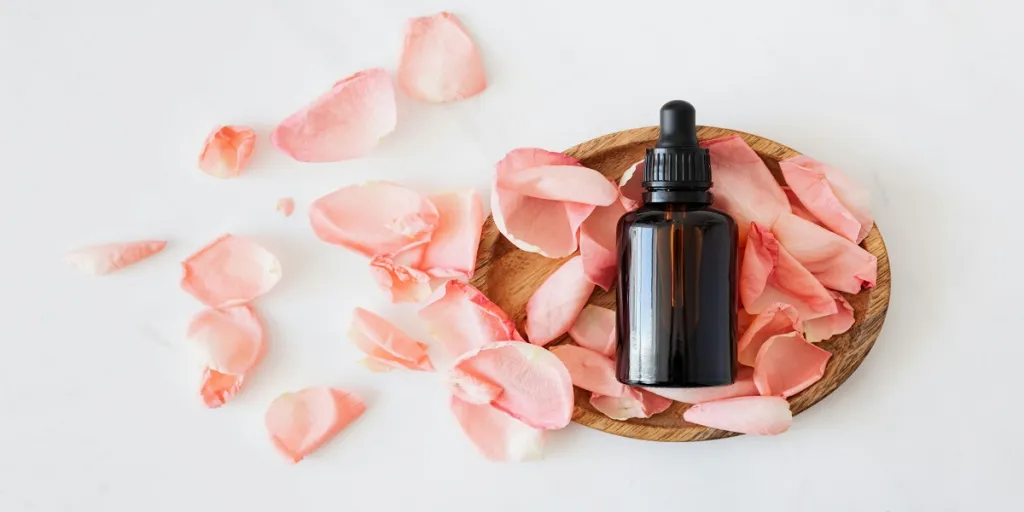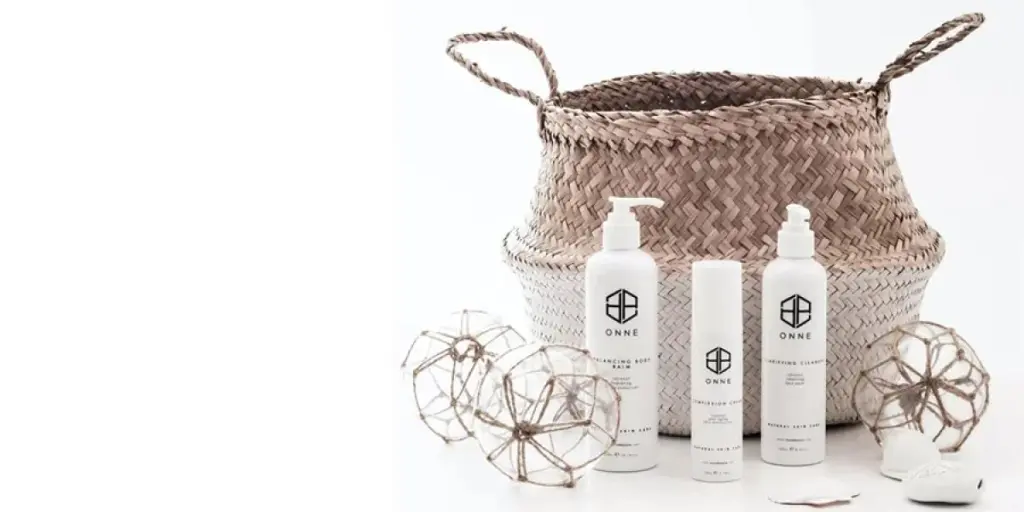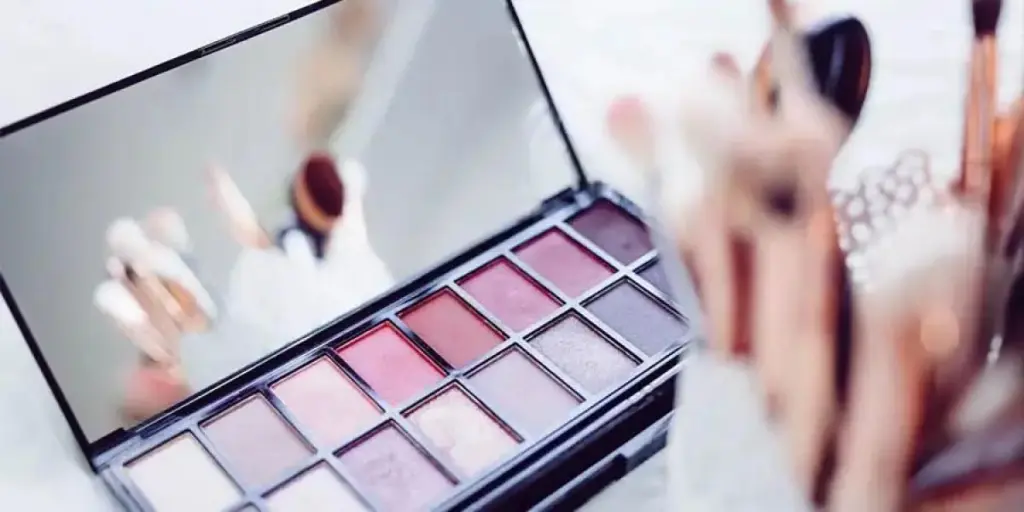A hairstyle can change a person’s temperament and how they look. But choosing the right length of hair bundles can be overwhelming, especially for people who are new to hair extensions or looking to try a new style. With so many factors involved, from height to personal preference and face shape, it’s important to get the details right.
A suitable bundle length can change one’s look, making the extensions appear more natural and flattering. As a business owner, you need to understand how to determine the right hair length. This information can help you guide your customers, thus enhancing satisfaction.
This guide breaks down everything you need to consider to help you make an informed decision.
Table of Contents
Understanding how hair bundle length is measured
Factors to consider when choosing bundle length
Personal preference
Height
Size of your client’s head
Your client’s preferred texture
Frontal vs closure
Styling
Extension type
How many bundles should you get?
Final takeaway
Understanding how hair bundle length is measured
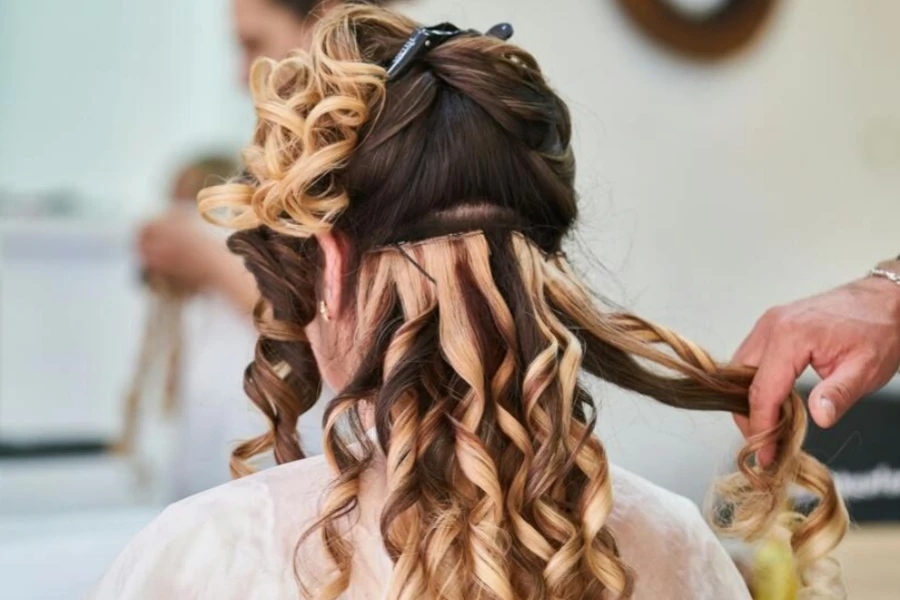
Hair bundle length is measured differently than natural hair. For straight hair bundles, length is measured from the weft, that is where the hair is sewn together, down to the tips of the strands.
This is different for wavy or curly bundles since their measurement is usually taken while the hair is straightened. This means the actual length, when worn in its natural state, may appear shorter, 1–2″, depending on how curly or wavy the hair is. Keep this in mind when selecting a specific length but want a curly or wavy look, as choosing a longer length might help your clients achieve their desired outcome.
The length of the hair bundle can be either short, medium, or long. The shortest bundles range from 12–14″ and are suitable for people looking for short extensions up to the shoulders.
Medium bundles range from 16–18″ and are perfect for people looking for extensions slightly below their shoulders. If your target customers prefer hair that is longer than shoulder length, 20–24″ bundles are a perfect choice. Some manufacturers make bundles up to 30–32″ long, making sure you have a wide range of hair bundles helps you target a broader customer base.
Factors to consider when choosing bundle length
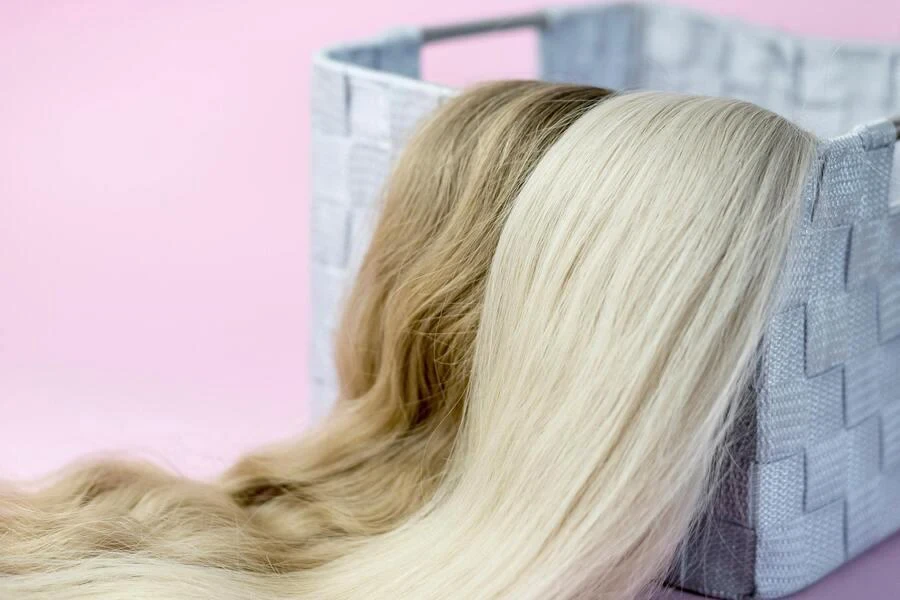
Before you buy the hair bundles, it is important to know what is best for your customers. There are various factors that can influence their choices, from preferred texture to height and desired styling. Here are some factors that can help you make that choice:
Personal preference
Each customer has a unique style, which makes choosing hair bundles so exciting. When targeting those who love the look of long, flowing hair, consider choosing longer bundles. On the other hand, shorter bundles are perfect for those aiming for a chic, low-maintenance look.
Some clients buy hair bundles based on how comfortable they are with maintaining longer hair versus shorter hair, as well as their lifestyle. Consider stocking shorter hair bundles for these customers since they are easy to manage.
Height
Height is an often-overlooked factor, but it is essential in choosing the right bundle length. Taller clients may opt for longer bundles that can help balance their proportions, giving them a fuller, more natural look. For shorter individuals, long bundles can sometimes appear overwhelming, and a mid-length might provide a better balance.
Think about how the bundle length will work with your ideal clients’ natural height and body type to ensure a look that complements their overall style.
Size of your client’s head
Head size might not seem like a major factor. But it can affect how hair extensions look on your customers. Although most heads have a circumference of 21–24″, it is important to know where each individual client falls. You can use this information to help them select hair bundles that give them the desired look.
For those with a smaller head, very long bundles might overwhelm their features. A larger head size can balance longer hair. Think about proportions and how different lengths will frame a client’s face and complement their natural shape. Remember, it’s all about finding the right balance that enhances a person’s unique look.
Your client’s preferred texture
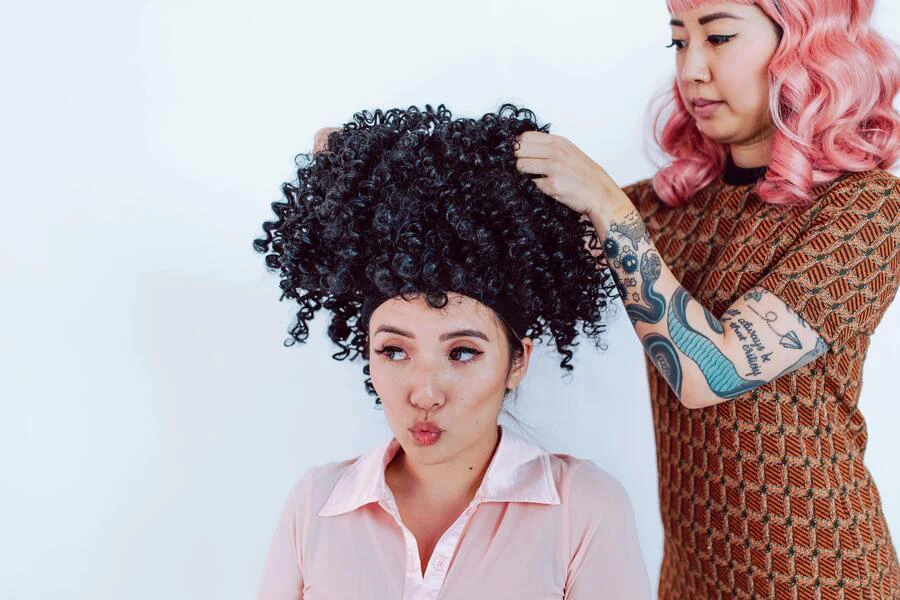
Hair texture plays a key role in determining which length will work best. For example, the length measurement will be true to size when going for a straight texture. Wavy and curly textures, however, will appear shorter due to their natural bounce and volume. If you want to buy a curly or wavy look without sacrificing length, consider going up a few inches to ensure clients get the desired length when the curls are in their natural form.
Frontal vs. closure
Choosing between a frontal or closure can also impact a customer’s ideal bundle length. A frontal covers the entire front hairline and requires a balanced length that blends with the bundles. Lace frontal hair bundles typically come in sizes 13×4 or 13×6.
Closures come with a horseshoe-shaped hairpiece, often in sizes 4×4 and 5×5 inches. These hair extensions provide more flexibility, allowing a person to experiment with varying lengths and layers.
A frontal paired with a matching bundle length can create a more cohesive look. A closure lets your clients add creative layering without needing a perfect match.
Styling
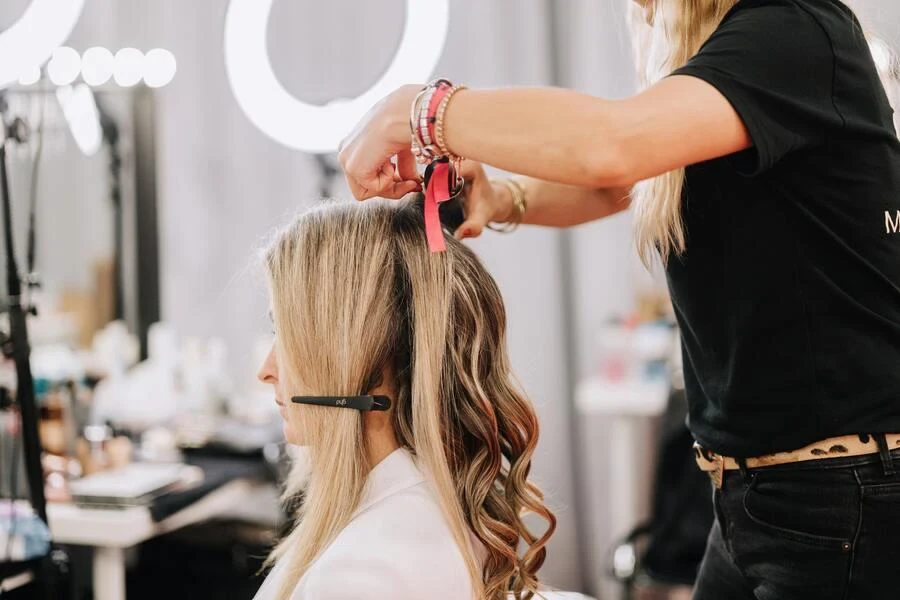
Clients always think about how they want to style hair extensions when making buying decisions. For example, some will aim for sleek, straight styles, loose waves, or tight curls.
The styles they envision can guide the length choice. For example, layering can add dimension to shorter lengths, while longer bundles can be styled into elaborate curls, braids, or updos. If your target clients prefer versatility, sell longer bundles that will give them room to try a range of styles. On the other hand, shorter bundles are better suited for those looking for simpler, classic looks.
Extension type
Different extension types can affect how the bundle length appears. Clip-ins, tape-ins, sew-ins, and wigs each have unique applications that impact how the hair sits and flows. Clip-ins, for instance, can be removed and repositioned. This allows your clients to experiment with length.
Consider choosing bundle lengths that match your clients’ varying extension types and styling goals.
How many bundles should you get?
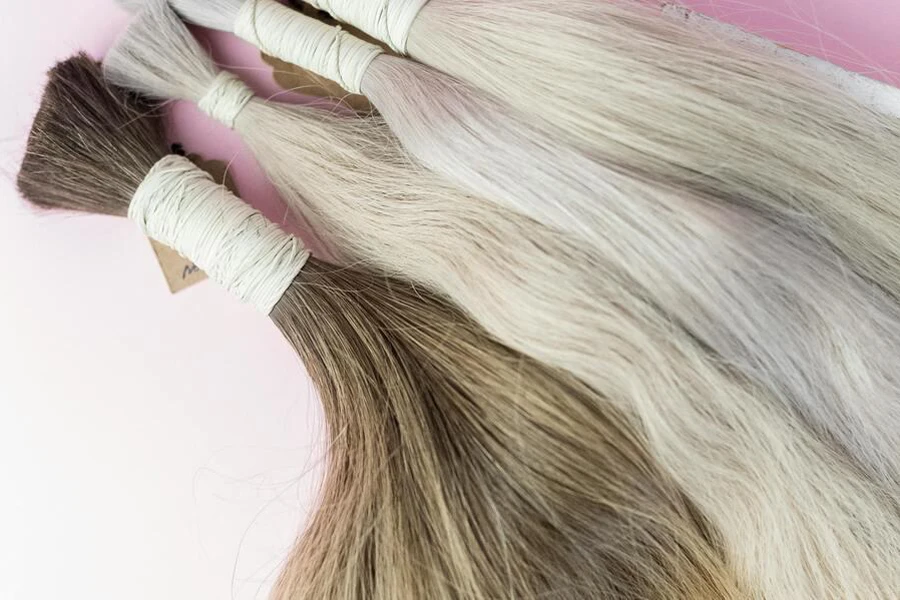
The number of bundles you will need depends on your target market. Is there a ready market for the hair bundles? On average howmany bundles can you sell? These questions can help determine the number of hair bundles to buy.
For customers, the number varies depending on several factors, including the length and thickness of their hair, desired volume, and the extension type. For a natural look, most people need between 2–3 bundles for shorter lengths (12–16 inches) and 3–4 bundles for longer lengths (18 inches and above).
Remember, the longer the length, the thinner the bundles tend to be.
Final takeaway
Choosing the right hair bundle length is a key decision that can influence your business’ success and customer satisfaction. Factors like your target customers’ preferences, styling needs, height, and size of the head are crucial in selecting the best option. However, you should offer varying hair bundles to meet your clients’ diverse needs and expectations.
Investing in a good selection helps you attract more buyers and increase repeat business. You can use market trends and customer preferences to stock the lengths that sell the best. This can maximize your profits and keep your inventory in demand.
